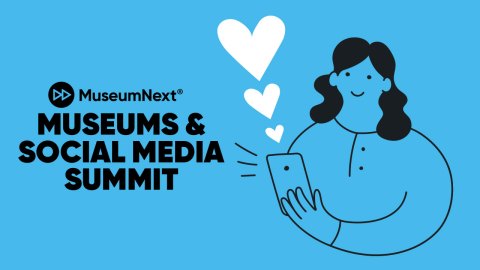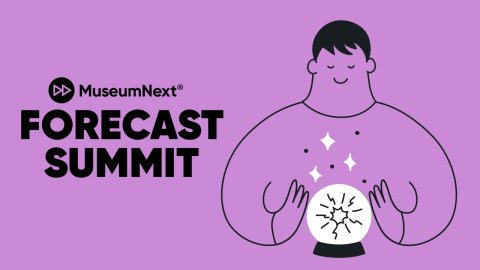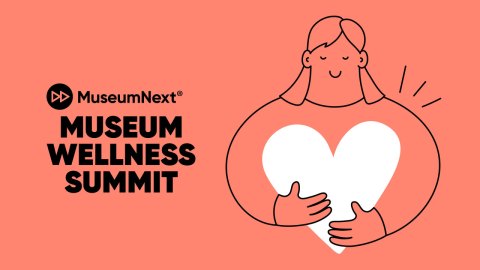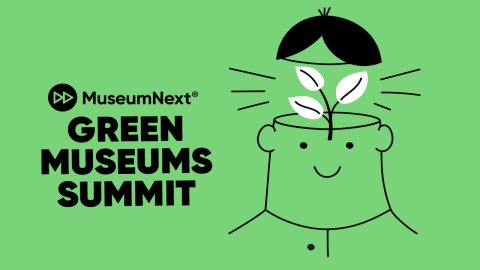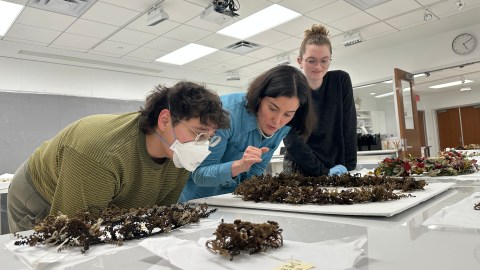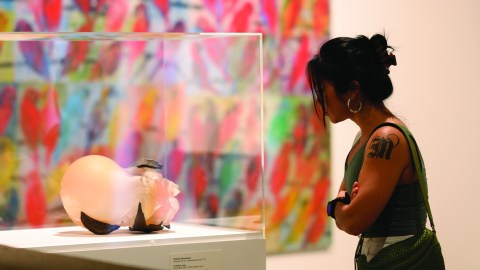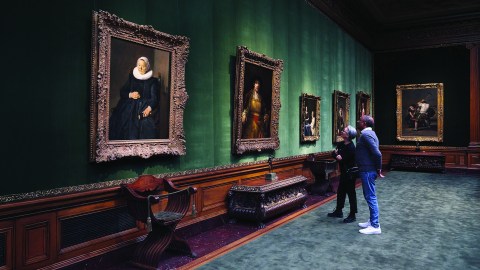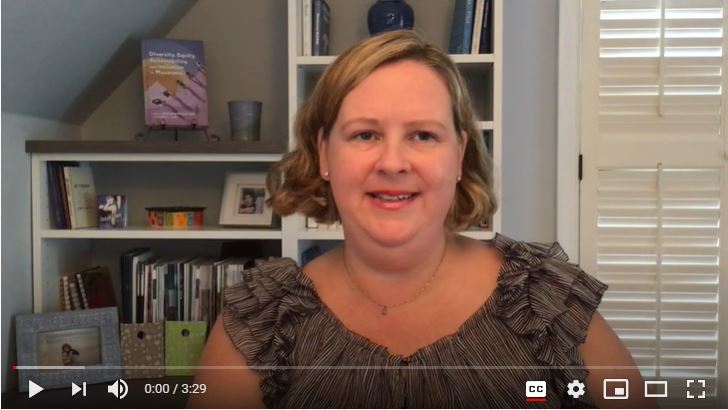
Laura Lott, President & CEO of the American Alliance of Museums, opens the Museum Summit on Creative Aging. July 29, 2021.
Transcript
Laura Lott: Hello, and welcome to The Museum Summit on Creative Aging. I’m Laura Lott, President and CEO of the American Alliance of Museums. And I’m pleased you’re joining us today for an exploration of how museums can be part of supporting healthy aging in America. The COVID 19 pandemic and events of the past year have accelerated and amplified many existing societal challenges, particularly those in the areas of diversity, equity, accessibility, and inclusion. Among those crucial challenges is that as people age, they are often pushed to the margins of society. This marginalization hurts all of us and must be addressed through various channels, including arts and culture. Extensive research shows the transformative effect that arts engagement can have on health and aging, but we face a cruel paradox. As people age, they often have both more time and increased desire for creative outlets, but they have fewer opportunities to meet these needs.
Museums have an important role to play in serving this growing segment of the public. Starting in 2018, the American Alliance of Museums and Aroha Philanthropies launched an innovative partnership to encourage museums to tackle this challenge on two levels. As trusted and influential institutions, museums can help change the narrative about what it means to grow old in America, combat ageism, and promote a healthy change and societal attitudes toward aging. Turning that lens inward, museums can improve their own intergenerational competency and identify what they can do to serve the overlooked needs of older adults in their communities. In 1963, The New School for Social Research launched the first lifelong learning Institute to provide educational experiences for retired people. Today, it is widely recognized that learning is not confined to formal primary and secondary education, but is a valued and valuable experience throughout life.
Museums spend more than $2 billion each year on education activities for the youngest segment of our society and devote three quarters of their education budget to K-12 students. Collectively museums receive approximately 55 million visits each year from students and school groups. Education should not stop once we leave the classroom. By the year 2035, there will be more people over the age of 65 in the United States, than children 17 and younger. Together these two age cohorts will constitute more than half of the country’s population. How could it transform museums and society if elders were as valued as school children when it comes to supporting learning?
Museums could be the educational constant of American life providing engaging, immersive, and self-directed learning opportunities for the oldest, as well as the youngest. This could be the social glue of our increasingly fragmented society as well building connections between the generations. On behalf of the Alliance, my thanks to Aroha Philanthropies for championing the cause of creative aging for generously sharing their expertise, experience and wisdom with museums and for their support of the Alliance in our joint endeavors.

